Under the era's vigorous promotion of the electrification and intelligence of special vehicles by the state, pure electric sanitation vehicles are gradually becoming the main force in the urban sanitation field. However, when choosing a pure electric sanitation vehicle, the traditional view holds that the higher the battery capacity of the vehicle, the better. But is this really the case?
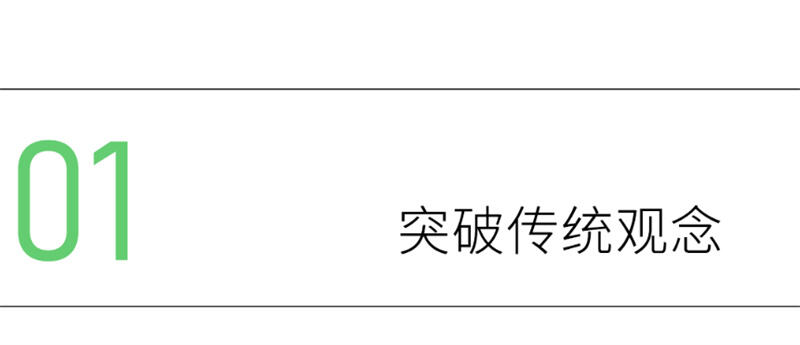
From the perspective of purchase cost, a larger-capacity battery pack will undoubtedly increase the purchase cost of the vehicle. A larger battery pack will also increase the overall weight of the vehicle, leading to an increase in daily power consumption. At the same time, the charging time will be correspondingly prolonged, which will affect the vehicle's usage efficiency.
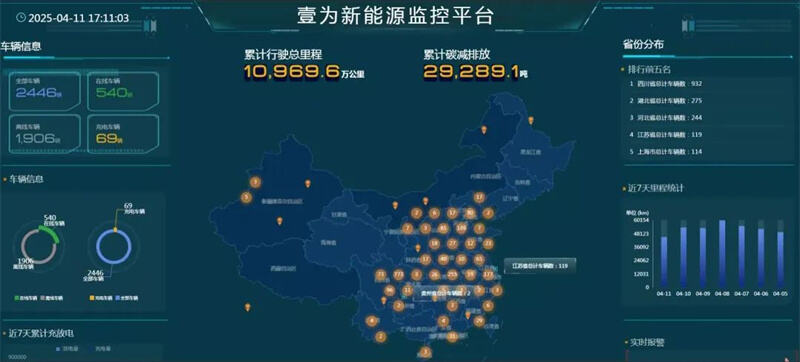
In order to explore the optimal solution for the power configuration of pure electric sanitation vehicles, Yiwei Auto conducted an in-depth analysis of the big data of nearly 3,000 new energy sanitation vehicles across the country. Through analysis, it is found that the operational efficiency of a vehicle throughout its entire life cycle does not solely depend on the level of battery power, but rather is the result of the combined effect of battery power configuration, scene adaptability, and technological empowerment.

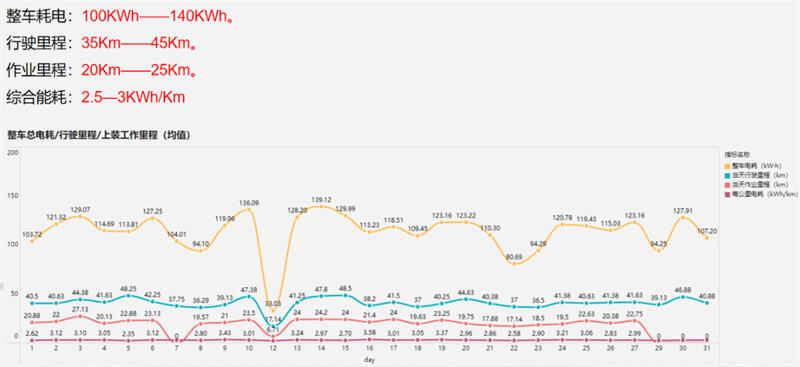
Taking the operation data of the 18-ton pure electric sweeper truck of Yiwei Auto as an example, in a certain project, the daily operation mileage of the sweeper truck is approximately 20 to 25 kilometers. Considering the total mileage for charging, refilling water, and traveling to and from parking lots or charging stations is 35 to 45 kilometers, and taking into account waiting at traffic lights, air conditioning usage, and installation operations, the overall power consumption of the vehicle is 100 to 140kWh. Based on the measured data, a battery configuration of 231kWh is already sufficient to meet the operational and battery life requirements.
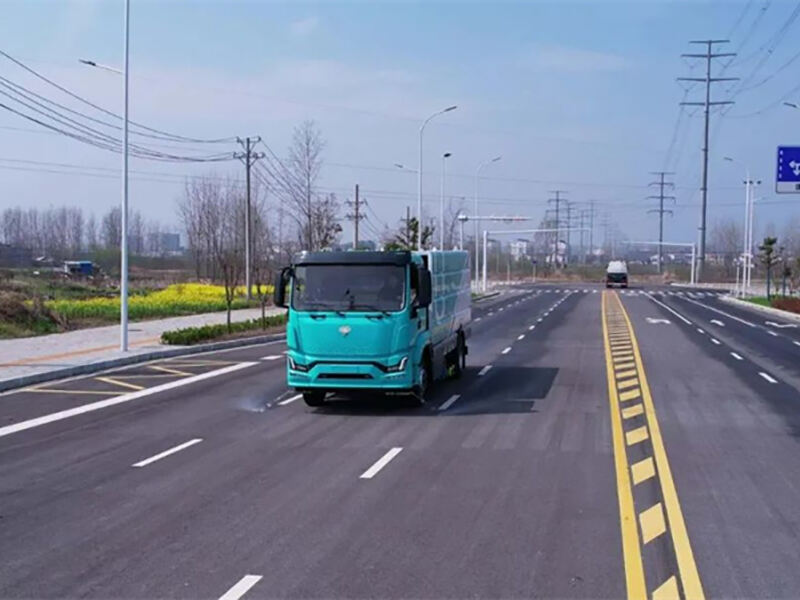
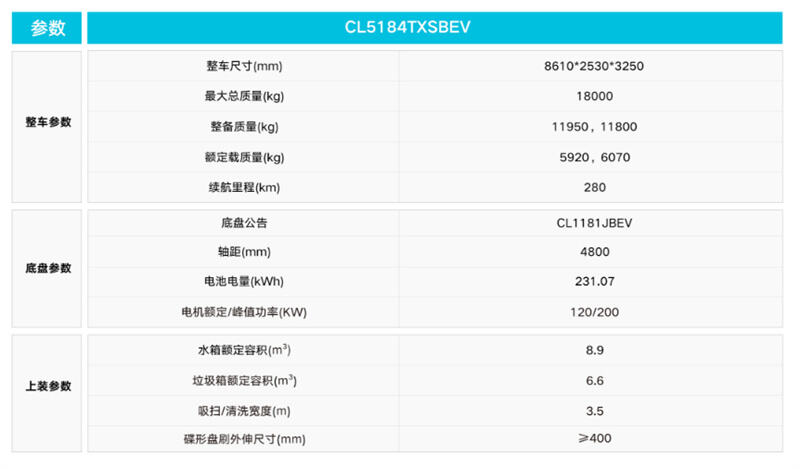
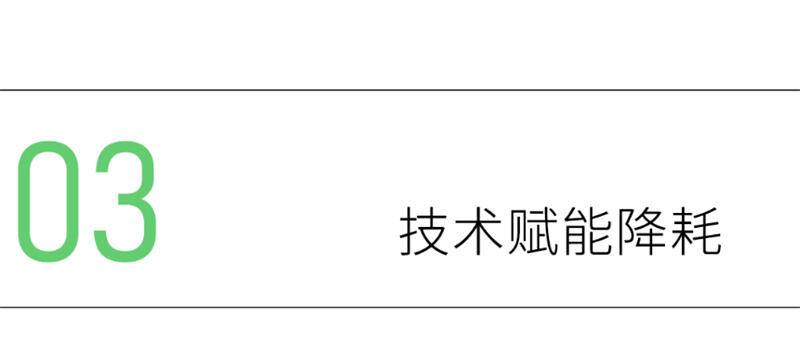
Meanwhile, Yiwei Auto has been continuously increasing its investment in research and development to enhance the technological empowerment level of its vehicles. For example, develop advanced integrated thermal management systems and efficient drive systems to save vehicle energy consumption; Adopt a lightweight design scheme to reduce the curb weight of the vehicle. Take the 18-ton pure electric water sprinkler truck of Yiwei Auto as an example. Its chassis curb weight is only 5,700 kg (with a battery capacity of 162kWh), which is lower than the chassis curb weight of most similar water sprinkler trucks on the market. As a result, it has a larger water tank capacity. Through these innovative practices, Yiwei Auto enables every kilowatt-hour of electricity to reach its maximum value, further enhancing the operational efficiency throughout the vehicle's entire life cycle.
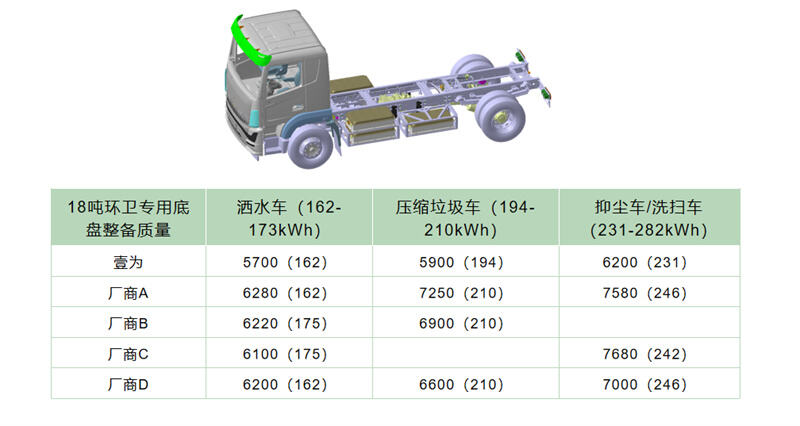
To sum up, for pure electric sanitation vehicles, a higher battery capacity is not necessarily better. When making a choice, customers need to comprehensively consider multiple factors such as the degree of scene adaptability. Yiwei Auto, through its scenario-based intelligent adaptation solution for electric sanitation vehicles, provides customers with precisely matched battery power configurations and customizable technical support, helping them build a more economical and sustainable operation system.
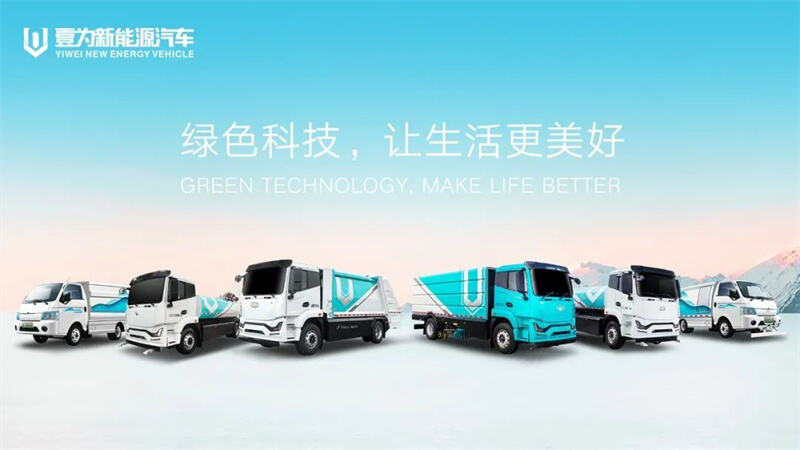
 Hot News
Hot News2025-04-22
2025-04-12
2025-04-15
2025-04-22

